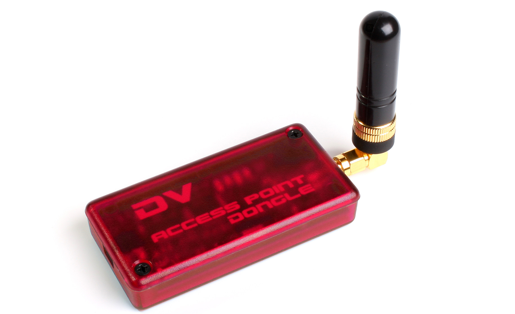Although the popularity of D-STAR is growing fairly rapidly, there still are not nearly as many digital repeaters as there are traditional analog repeaters. If you don't have a D-STAR repeater close enough to your area, there are a few interesting ways you can join in on the growing worldwide D-STAR network.
One product that has been on the market for a while is the DV Dongle from INet Labs:

This product is a simple USB device that you plug into your PC or Mac, install the software and use a computer headphones and mic to talk. The DV Dongle handles all of the encoding and decoding. It is priced at $200 and can be found at all major ham radio retailers.
The other method is to use some type of D-STAR access point, which allows you to use a D-STAR radio in close proximity to the access point, which then routes your signal to the D-STAR network. Think of this method like using a repeater with one channel of the repeater using the internet instead of RF.
One D-STAR access point product available is the DV Access Point, also from INet Labs:

This device is a 10mw 2 meter simplex transceiver that plugs into your PC or Mac to communicate with a D-STAR gateway. The low power is enough to allow you to walk around your house with a D-STAR HT and access other repeaters over the internet. It's price is approximately $250.
Perhaps the most flexible and interesting way to install a D-STAR access point is to build your own. To do this, you need three things: A node adapter board that you either buy or purchase as a kit, some free software running on a PC, and a regular VHF or UHF radio.

The node adapters typically cost around $100. The nice thing about this approach is that you can re-purpose an existing VHF/UHF radio and turn the node on or off as necessary. You also have the capability of much farther D-STAR range because of the infinite antenna configurations and higher power capabilities.
There are three common D-STAR access point node adapters available:
Of the three, the Matrix Circuits board is the only one that is completely pre-built. Of course, you could always make a completely portable D-STAR hotspot to take D-STAR coverage with you using a notebook computer and WiFi access.
K6JM has very thorough instructions on how to build and configure your own D-STAR hot spot at DStar GMSK Node Adapter Hotspot Setup. You can even build a simple repeater using one of these node adapters!
